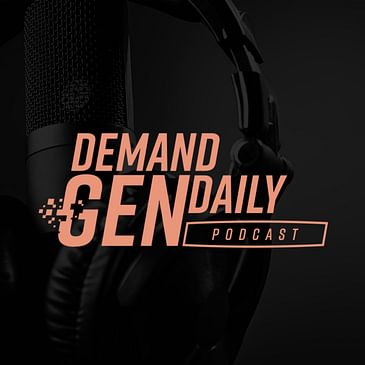In this episode of the Demand Gen Daily Podcast, hosts Nick and Ricky discuss how to diversify your sales beyond Amazon and transition to other channels or your own website. They share tips on building brand trust, reaching out through different channels like Google and Facebook, and whether to sell...

